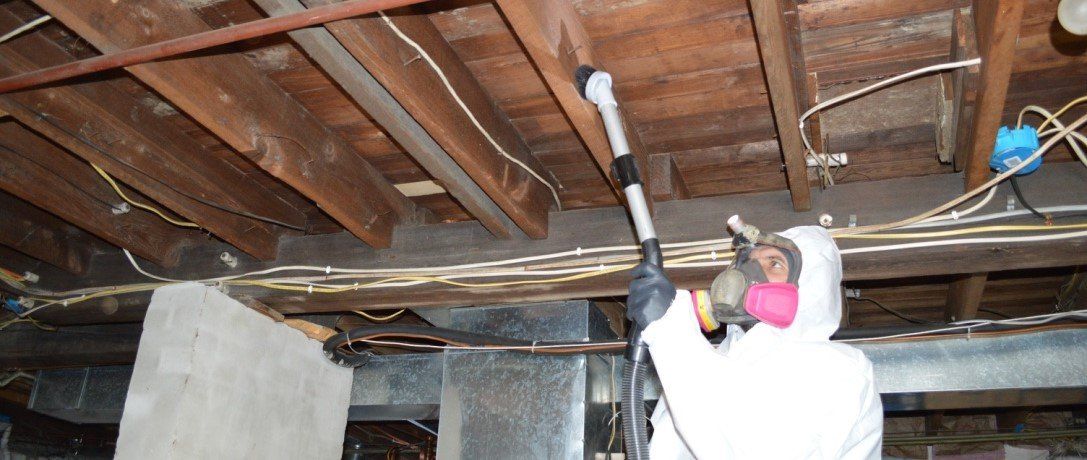What Happens to Mold in Winter? Mold Removal and Cold Weather

Cold Weather Won’t Permanently Fix Your Mold Problem
Winter Mold Growth Can Happen
South Carolina winters can be unpredictable. A string of below freezing temperatures can give way to days in the 70s. The return of warmer weather can trigger mold growth. Remember: mold needs moisture, warmth, and food (organic matter) to grow. If a particularly warm and sunny day comes, mold around windows, on walls, or near exterior walls may begin growing again.
Sometimes mold can grow without warm weather outside. If your HVAC system keeps temperatures warm but is ineffective at reducing indoor humidity, mold may grow. Excess moisture that is not removed from the air likes to condense on cold walls. This condensation can become a prime breeding ground for indoor mold.
Steps to Prevent Cold Weather Mold Growth
- Recognizing the underlying cause of winter mold growth can help you fix the problem.
- If dry air leads to using an indoor humidifier during the winter, this could be a source leading to mold growth. Try to set indoor humidity levels below 40%. This should create an indoor climate where air is not so dry that it is uncomfortable, but not too humid where excessive moisture could compound an existing mold problem.
- Additionally, clean and vacuum thoroughly. Don’t let moisture build up in bathrooms or around kitchen sinks. Use your exhaust fan when showering, and make sure that fans work effectively.
- It’s an obvious one, but find and fix leaks. Most indoor mold problems can be traced to a leak. Seal windows, doors, and check gutters and downspouts to make sure water is draining away from your home.
- Find sources of excess humidity. A poorly vented dryer can make for a humid area that mold spores love to live in.
- In conclusion, take a careful inspection of your home, always looking for leaks and condensation. If you can eliminate some of the conditions that mold needs, you can start to see results.
How to Handle Mold That Keeps Coming Back
If your mold problem returns, it’s time to call MasterTech. We’ve written before about DIY mold removal and those cases that require professional tools. With porous surfaces like wood or drywall, mold spores may be living within the material itself, making a DIY cleanup near impossible.
To learn more about how MasterTech Environmental of Myrtle Beach can remove your mold, contact us for an estimate.



